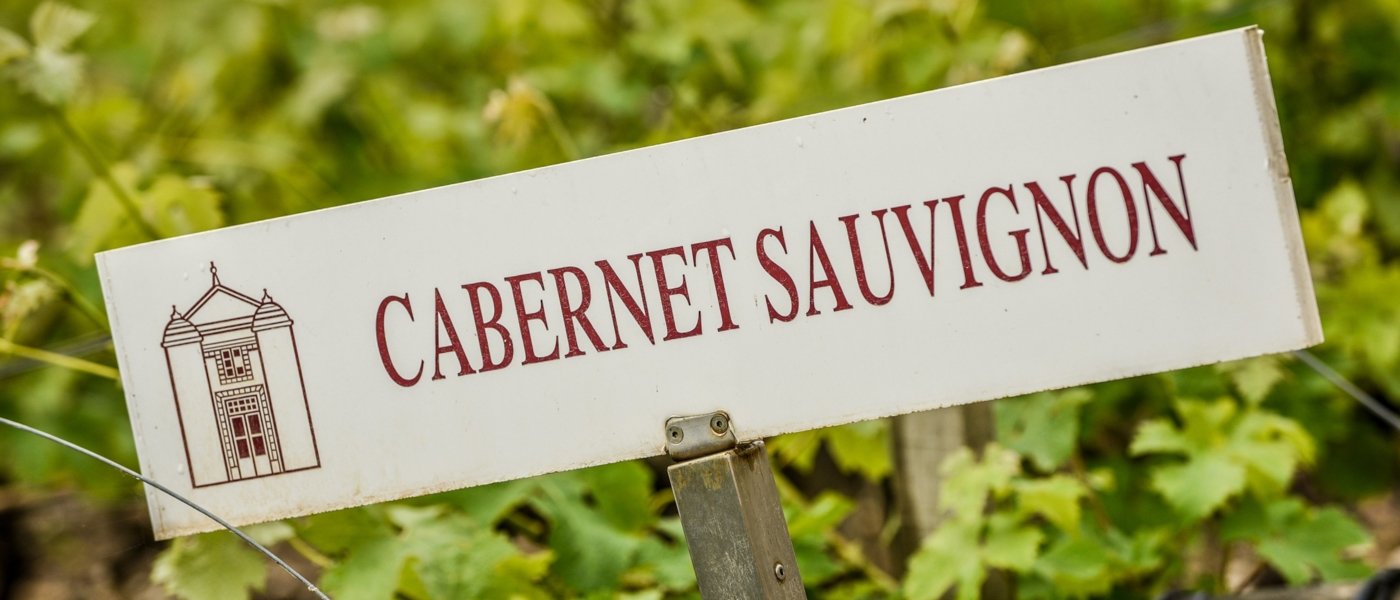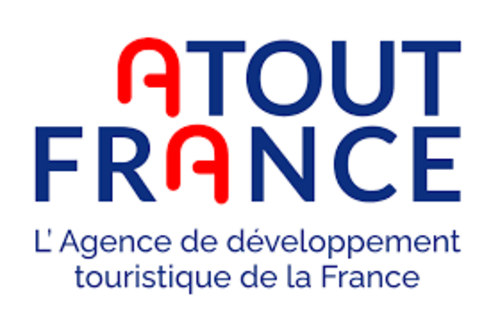Bordeaux wine guide: Region
The Bordeaux wine region extends 60 miles around the city along three rivers – the Gironde, Garrone and Dordogne – of Europe’s largest estuary, creating an ideal setting for what is the largest wine growing region in France.These rivers define the main geographical sub-divisions of the region, which are dominated the left bank and the right bank of the Gironde – and it’s the vineyard’s location on either bank that determines the balance between Merlot and Cabernet Sauvignon.
Wines from the left bank tend to be predominately made from Cabernet Sauvignon. It’s this region that made Bordeaux famous, with a typical ‘Bordeaux blend’ from 70% Cabernet Sauvignon, 15% Cabernet Franc and 15% Merlot producing powerful, rich wines that age well.Merlot generally dominates the wines from the opposite right bank, which creates styles that are softer and more juicy. They can be consumed earlier than their counterparts on the left bank and are often far less expensive.
Bordeaux wine guide: Grapes
Although Bordeaux was originally revered for its sweet white wines, around 90% of Bordeaux wines are now red and made from blends including mostly Cabernet Sauvignon, and Merlot – with Cabernet Franc, Petit Verdot and Malbec (with a small amount of Carmenere) used to varying degrees.
The few white wines that come from Bordeaux are usually made from Semilon, Sauvignon Blanc and Muscadelle.
Bordeaux wine guide: Styles
The region is divided into several sub-regions, of which the most important are Saint-Emilion, Pomerol, Medoc and Graves. The 60 Bordeaux appellations and the wine styles they produce are differentiated by six main families of styles, four red wines based on sub region and two white wines based on sweetness:
Red Bordeaux and Bordeaux Superieur wines make up the vast majority of the wines produced from this region, despite most of the vineyards settling on the right bank. They are less bold but still quite elegant, and far less oaky than other Bordeaux wines.
Red Libourrne style wines are also dominated by Merlot grapes to produce overtly fruity flavours with lighter tannins – the finest examples can be found in Saint-Emilion and Pomerol.
Red Cotes de Bordeaux is made from eight appellations on the hills surrounding the region and represents some of Bordeaux’s best value wines, although this is reflected in their overall lack of complexity.
Red Graves and Medoc are typically more classic and refined ‘left bank’ blends primarily using Cabernet Sauvignon. Usually bold by comparison, these wines tend to require being cellared before drinking.
Dry and Sweet Whites – the Bordeaux dry whites are often single varietals from Sauvignon Blanc, although blends are also made. The sub-region of Graves excels with its white styles, while Sauternes is best known for its sweet wines made from a blend of Sauvignon Blanc, Muscadelle and Semillon.
Bordeaux wine guide: Wine tours
At Wine Paths our local expert can organise an exclusive wine tours of the Bordeaux region, which can include elaborate tastings, luxury accommodations, fine dining experiences and unique activities. Among these is an eight-day tour of Bordeaux and Basque country, which begins in the city and travels through renowned regions including Medoc, Saint Emilion and Arcachon Bay before exploring Biarritz and the Basque country.
For more adventurous travelers, there’s an opportunity to discover the 1855 Classifications of wine from the skies with an exclusive Bordeaux helicopter and wine tour over the famed Medoc region.
If you're interested in one of our Bordeaux Wine Tours, please visit this link.






